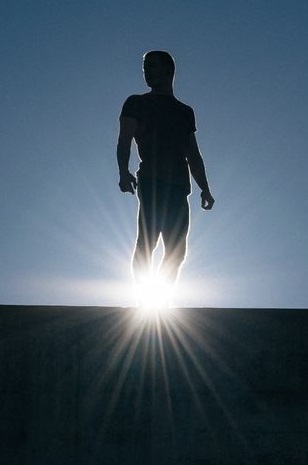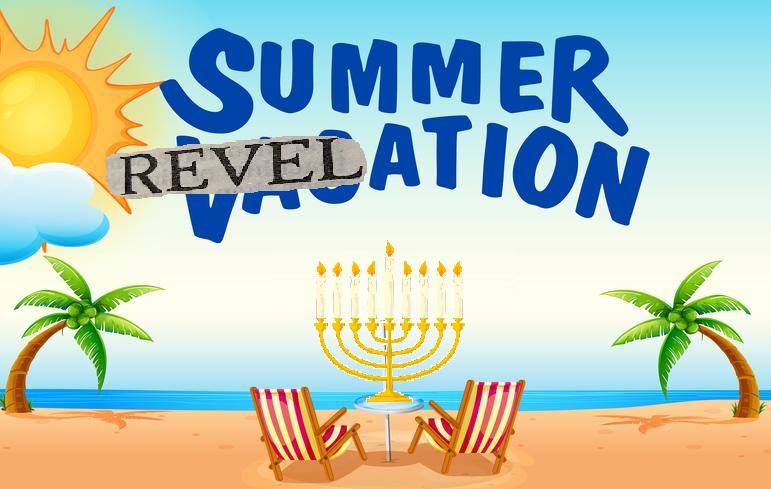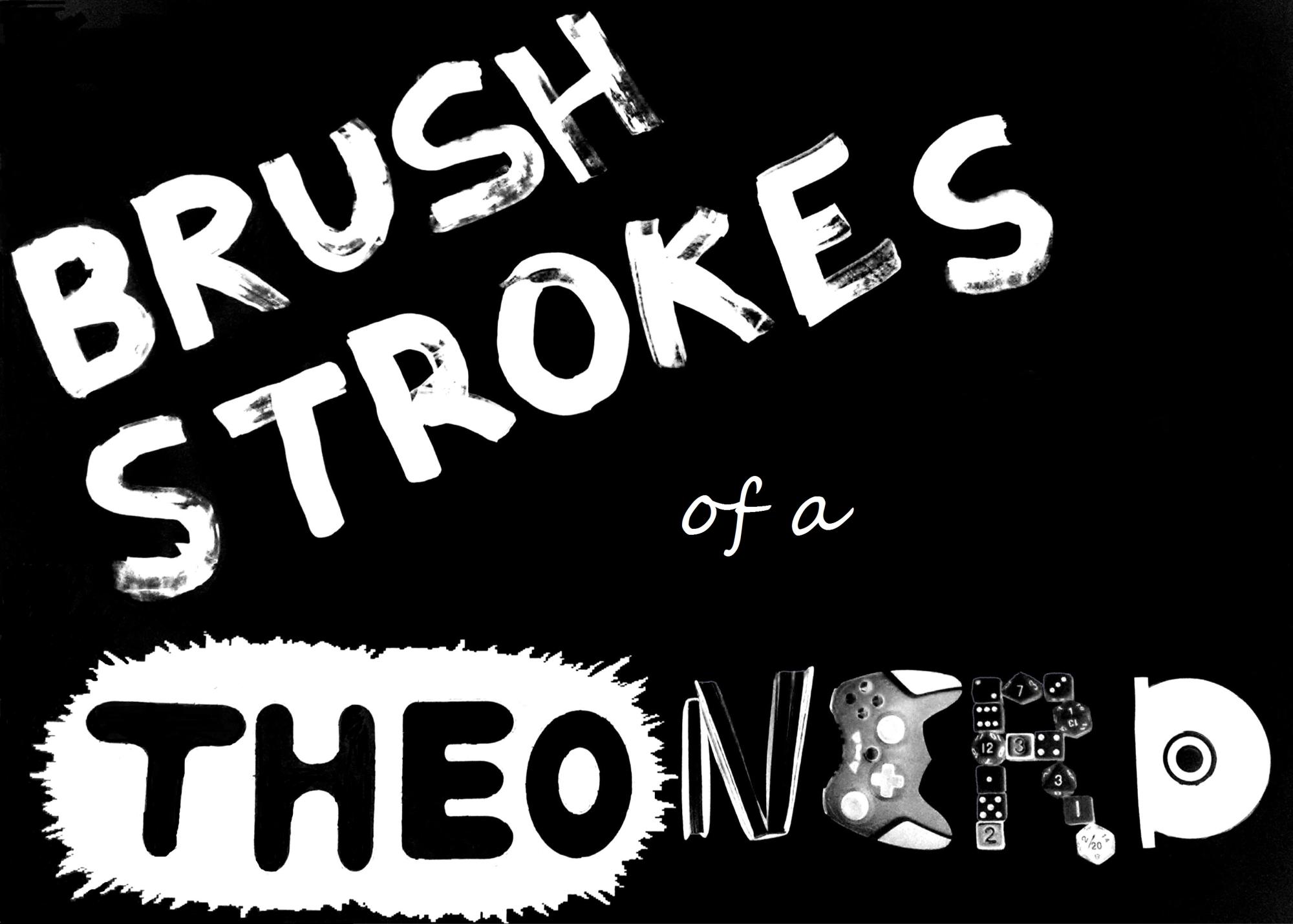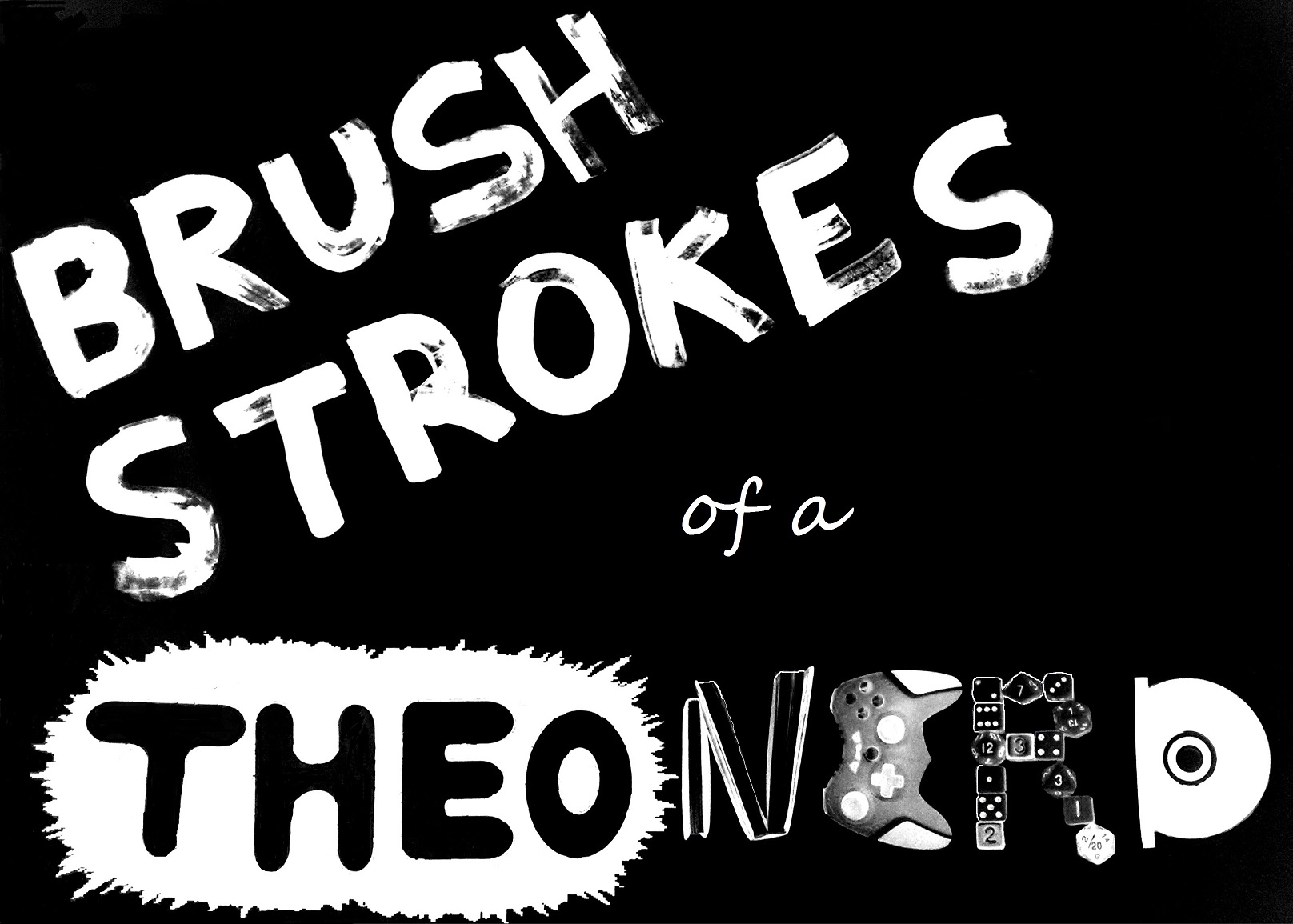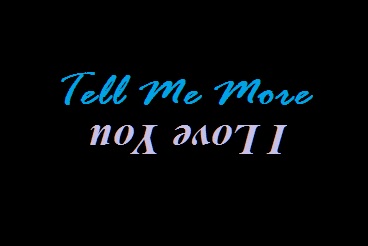Introduction to Summer Revelation
By Anthony Casperson
5-29-21
Whether seen, heard, or read, the introduction to the main characters of a story is important. It gives us a concentrated version of who they are. And since these individuals drive the main themes and plot, their introductions give us the trajectory of what we should learn from the story.
For instance…
The music grows ominous. At almost foot level, the camera pans. A click-clack-click-clack echoes as we watch a pair of heeled boots beat precise steps upon the shining floor. We know right away that this person will play some antagonistic role, which will likely come in the form of some sort of authoritarian methodology. And the protagonist will exemplify rebellion against said authority. Thus, the storytellers mean to call the audience to rise above rigid strictures and find freedom apart from such manners of life.
Or…
The words describe close-ups of various parts of the person. A simple hat becomes the dusty banner of trails blazed. Hung slightly below the hip, a well-oiled holster bears a revolver with a callused, ready hand atop it. And the shadow of the character strikes a heroic pose as the light shines through. In a few short sentences, we figure this is probably the hero of the story. They’ll lead us on an adventurous jaunt through dangerous places. And it’ll be fun along the way.
These introductions are methods to grip the audience while explaining what they’re in for when it comes to the story. And this type of writing isn’t just for films and fairy tales. It’s used by biblical writers as well.
The Apostle John begins his letter to the seven churches (known as the book of Revelation) with this kind of description. After the typical letter openers, he comes to verses 9 and following of chapter 1. He arrives upon a vision when a mighty voice trumpets behind him, which tells him to write down the images he’s about to witness and send the words to a specific set of seven churches.
John turns, but the narrative camera focuses on seven golden lampstands. Then, the person standing in their midst slowly shifts into view. One like a son of man. A human-ish being. But also the Son of Man: the title given to the Messiah. Yet still, the image is blurry.
The camera moves to the being’s clothes. Long robes and golden sash. They’re not girded up for work. No, the robes hang long as one whose work stands complete. And that work is of great importance as the golden sash indicates wealth and authority.
Hair, white like wool and snow. This being has wisdom of the ages. Yet purity in their substance. But not cold manner, because his eyes burn like flames of fire. Passion, intelligence, and intensity blaze in the one attached.
His feet shine in purity like bronze refined in the hottest of fires. There’s power and strength in the purity as well. Again the voice comes into play, like the sound of rushing waters. Powerful. And cleansing. He not only is pure, but refines and cleanses as well.
Seven stars lay within his hand. The universe itself cedes to his power. A few verses later will give further detail to the stars, but not yet. He need not hold a weapon in his hand, because out of his mouth comes the keenest of double-edged blades. His very voice is dangerous when need be. And his face shines like the sun at noonday in a cloudless sky. Relentless revelation of every truth unfolds in his presence. But also warm, life-giving light.
John can’t even finish the description before falling on his face in the presence of the glory of this cosmic being. However, the one like a son of man reaches down and places a caring hand on the Apostle. His words come, not as a trumpet, nor rushing roar, nor a battle-ready sword, but rather as a kind word. Fear not. There’s no reason for John to fear in this moment, nor we who stand as audience.
The one who speaks then gives a self-description. He is the first and the last. Before all things, he was. And if the time should come that everything else ceases to exist, he alone will remain. This being is the living one. Perhaps it’s a call to God’s covenant name of Yahweh, which means something in the realm of “The Being One.” This one might appear human, but he is God.
He died, but is alive. And will never die again. We see this is Jesus himself. The Risen One. And he holds the keys of death and Hades. Those places hold no power over him. And they can’t lock anything away from him. Jesus has conquered death.
And he again commands for John to write the vision, even as he explains that the seven golden lampstands are the seven churches to whom John ought to write. And the seven stars are the angels sent to look over each church. Jesus stands among and near those who are his. The awesome God walks amid his people. Even while his agents that keep vigil over the people rest in his hands. It’s as if his people themselves are held closely.
This is the image John places before us as he begins to tell us his vision. An almighty, powerful, cleansing, pure God of justice that cares for those who follow him. God who is in control and speaks to his people.
What he speaks comes in the next couple of chapters. He has a word for each of the seven churches. A word: of commendation where they have done well, of correction for where they’ve failed, of calling for repentance from their failings, of caution for continued failure, and of promise for those who have an ear and hear the words.
Over and over again, he speaks to the specific place that each church finds themselves. But as he speaks to each one, he places a reminder of who he is from the words used to describe him in chapter 1. It is this God who speaks.
So, I figured as I start a blog series through these first few chapters of Revelation, looking at what we can learn from the seven churches, it might be a good idea to introduce it with the image of the amazing God who speaks the words.
And over the next seven weeks, we’ll look at each church to see what God is saying to us through them in the series I’m calling “Summer Revelation.” (I know some might argue about when summer actually begins, but the students I drive are out of school now, so it’s summer vacation to me.)
But for now, let’s take in the introductory image that showcases the trajectory of the story. Let us witness the God-man who will proclaim this truth to us over the next few weeks.
Whoever has an ear, let them hear what the Spirit says to the churches.
